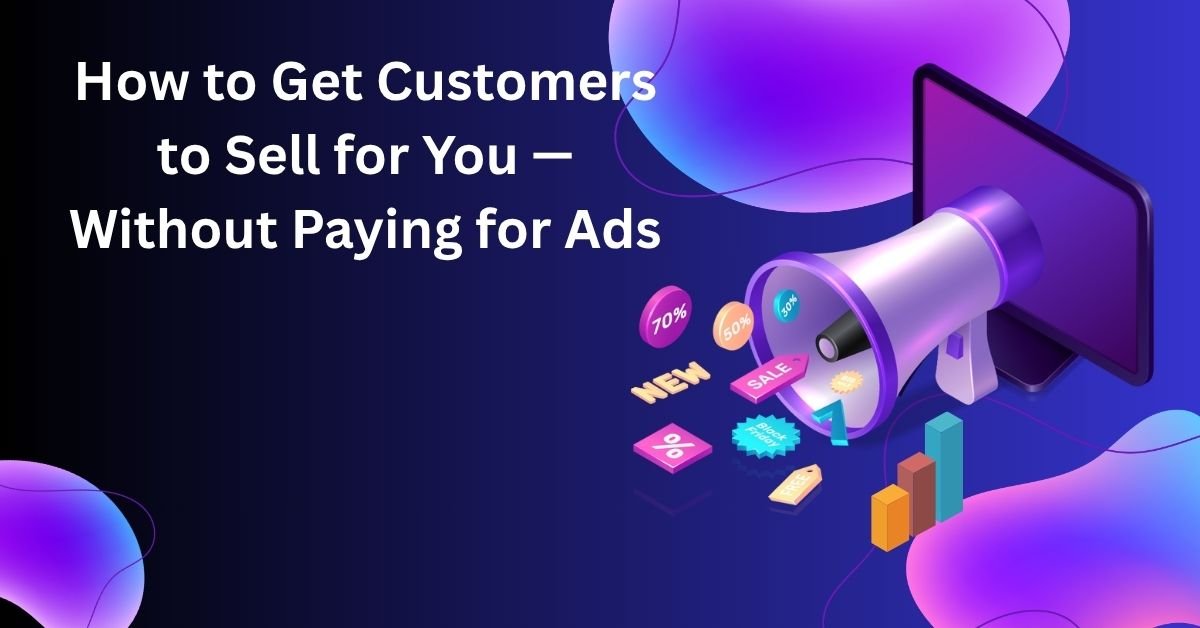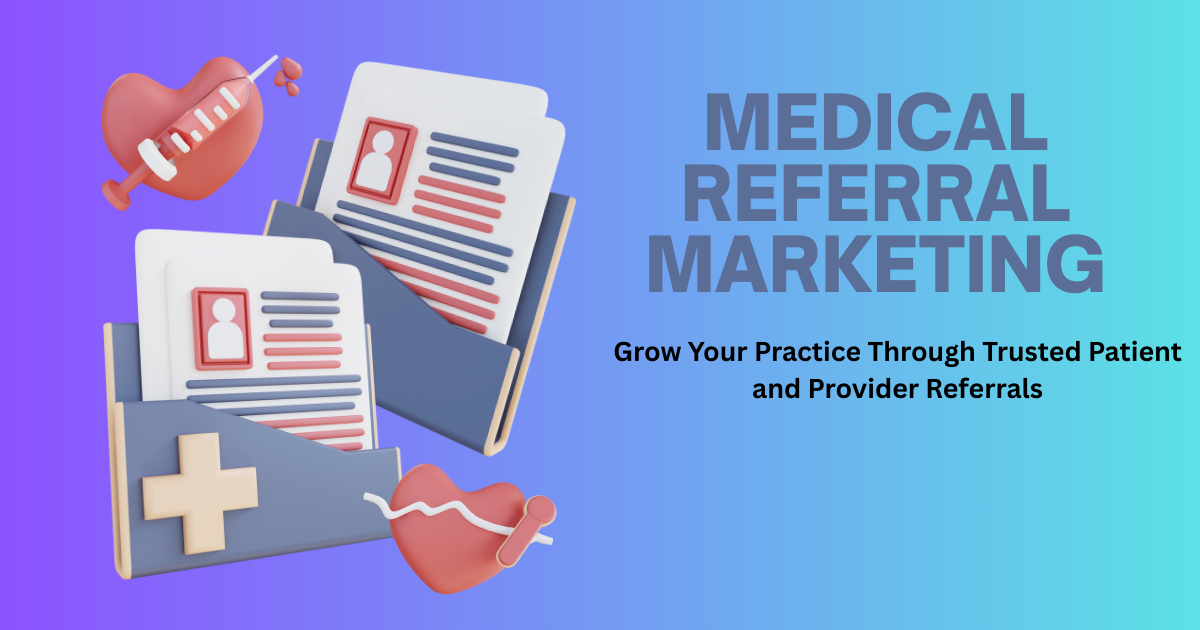Marketing is a big expense for most businesses. But what if there were a way to turn your customers into advocates who advertise your business for free? By harnessing the power of word-of-mouth marketing, you can organically grow your customer base and create a loyal community around your brand.
This post explores simple, actionable strategies to turn your satisfied customers into enthusiastic ambassadors. By the end, you’ll know how to spark conversations, build trust, and generate leads without spending a penny on ads.
Why Word-of-Mouth Marketing Works Best
Word-of-mouth (WOM) marketing taps into one fundamental truth about human behavior: we trust people we know. Whether it’s a family member recommending their new favorite coffee shop or a colleague praising a software tool they use daily, personal recommendations influence purchasing decisions more than any ad campaign.
The proof is in the numbers:
- 92% of consumers trust recommendations from friends and family more than any other form of advertising (Nielsen).
- Customers referred by existing customers have a 37% higher retention rate than other customers (Deloitte).
- Word-of-mouth drives five times more sales than paid media (McKinsey).
Now, let’s explore how you can leverage this powerful, trust-based marketing channel.
1. Deliver a Standout Customer Experience
Customer advocacy always begins with exceptional service. If your customer experience doesn’t stand out, you won’t give people a reason to talk about your brand.
How to Perfect Your Customer Experience:
- Identify Pain Points: Regularly survey or interview customers to learn what could be better about your product or service. Show them you care about their feedback by acting on it.
- Provide Delightful Moments: Go beyond ordinary expectations. A handwritten thank-you note with a first order or free upgrades for loyal customers can turn neutral buyers into enthusiastic fans.
- Resolve Issues Quickly: Customers are more likely to share their experience (positively or negatively) when a brand resolves an issue. Address complaints promptly, and always aim to exceed expectations.
Happy customers are the foundation of word-of-mouth marketing. Once you have them, you can move on to nurturing their goodwill.
2. Encourage and Reward Referrals
Sometimes, customers need a nudge to refer your brand to others. A well-designed referral program can help.
Key Elements of a Referral Program:
- Make it Easy: Ensure that customers can share referral links, codes, or invites with just a few clicks.
- Offer Incentives: A small reward for the referrer and the referral could make participation irresistible. Example rewards include store credit, discounts, or early access to sales.
- Show Appreciation: Celebrate and acknowledge loyal customers who take the time to refer others. Personalized thank-you messages go a long way.
Example in action:
Take Dropbox’s wildly successful referral program. The company offered both its existing users and their referrals extra cloud storage. This simple incentive helped Dropbox grow from 100,000 users to 4 million in just 15 months.
3. Empower User-Generated Content
User-generated content (UGC) is a goldmine for community-driven marketing. Think unboxing videos, social media shoutouts, and product reviews. When customers create content about your brand, other potential buyers feel reassured that your product lives up to its promise.
Ways to Inspire UGC:
- Create Sharing Opportunities: Ask customers to share a photo with your product using a specific hashtag (like Coca-Cola’s “#ShareACoke” campaign).
- Feature Your Fans: Showcase customer photos and testimonials on your social media or website. People are flattered when brands spotlight them, which encourages others to participate.
- Host Contests: Offer prizes for customers who create the most creative or impactful content featuring your brand.
4. Build a Community
Another way to encourage brand advocacy is by creating a sense of belonging. If people feel connected to your brand and community, they’re more likely to talk about it and invite others to join.
How to Build Brand Communities:
- Start Groups or Forums: Facebook groups, Discord servers, or dedicated Slack channels can serve as spaces for your most loyal customers.
- Host Events: Show your gratitude with meetups, webinars, or virtual events tied to your brand’s purpose.
- Encourage Conversations: Spark discussions on your social platforms or within your email newsletters so customers feel part of the story.
Example in action:
Peloton isn’t just an exercise bike; it’s a community. By creating live classes, leaderboards, and customer-driven social media posts, they’ve cultivated an unparalleled sense of loyalty among their customers.
5. Leverage Online Reviews
Today, online reviews are as influential as personal recommendations. Product pages with reviews experience 3.5 times more conversions than those without. And perhaps more importantly, glowing reviews build trust in your brand.

How to Get More Reviews:
- Make the Ask: Actively invite customers to leave reviews via email after they make a purchase. Include direct links to platforms like Google, Yelp, or Trustpilot.
- Respond to Reviews: Acknowledge positive reviews and address negative ones professionally to ensure reviewers feel heard.
- Offer Incentives for Feedback (ethically): While incentivizing positive reviews isn’t allowed on some platforms, you can encourage honest reviews via small gestures like discount codes.
6. Cultivate Brand Ambassadors
Your most loyal customers could become official advocates for your brand. Brand ambassador programs actively recruit passionate users who represent and promote your business voluntarily.
Steps to Create a Brand Ambassador Program:
- Identify Super Fans: Look for repeat customers or those already singing your praises on social media.
- Set Expectations: Lay out your goals. Whether you want ambassadors to attend events, create content, or share referral links, make it clear.
- Reward Efforts: Ambassadorship doesn’t have to be financially motivated. Exclusive perks like free products, custom merch, or insider access to product launches can strengthen commitment.
7. Share Your Brand Story
People connect with stories more than profit-focused marketing messages. By sharing your mission, values, or the “why” behind your business, you build an emotional connection with customers who then feel compelled to tell others.
Ideas for Telling Your Brand Story:
- Highlight how your product solves meaningful problems.
- Share behind-the-scenes photos and videos about your production process or team.
- Use cause marketing where your brand contributes back to society (e.g., donating a portion of proceeds to a cause relevant to your audience).
Transform Your Customers Into Advocates
You don’t need a massive marketing budget to get your business buzzing. By focusing on creating exceptional customer experiences and nurturing genuine relationships, you can organically grow your audience through the voices of your satisfied customers.
Mastering word-of-mouth marketing takes time and continuous effort, but its rewards are immense, not just in terms of revenue but also in fostering a brand that people trust, love, and want to share with others.
Want more help turning your first-time customers into loyal advocates? Subscribe to our newsletter for exclusive marketing tips to grow your business while saving on ad spend.
You can Learn about: How to Promote Your Business Effectively







